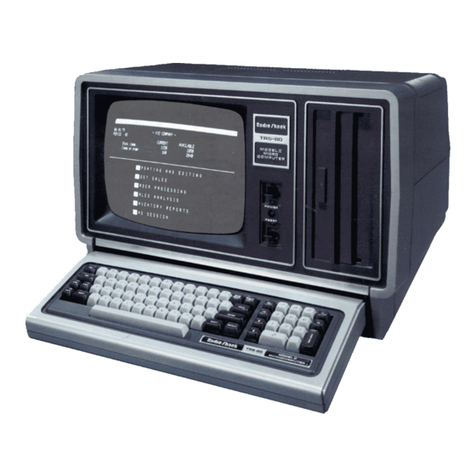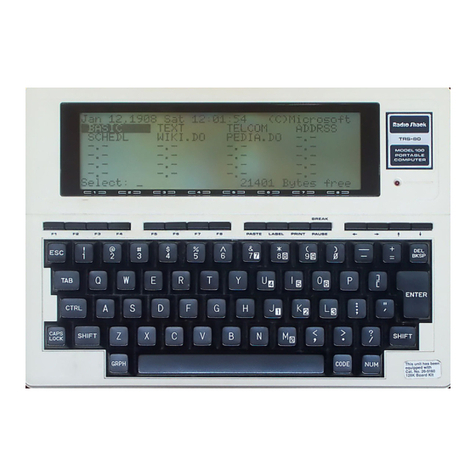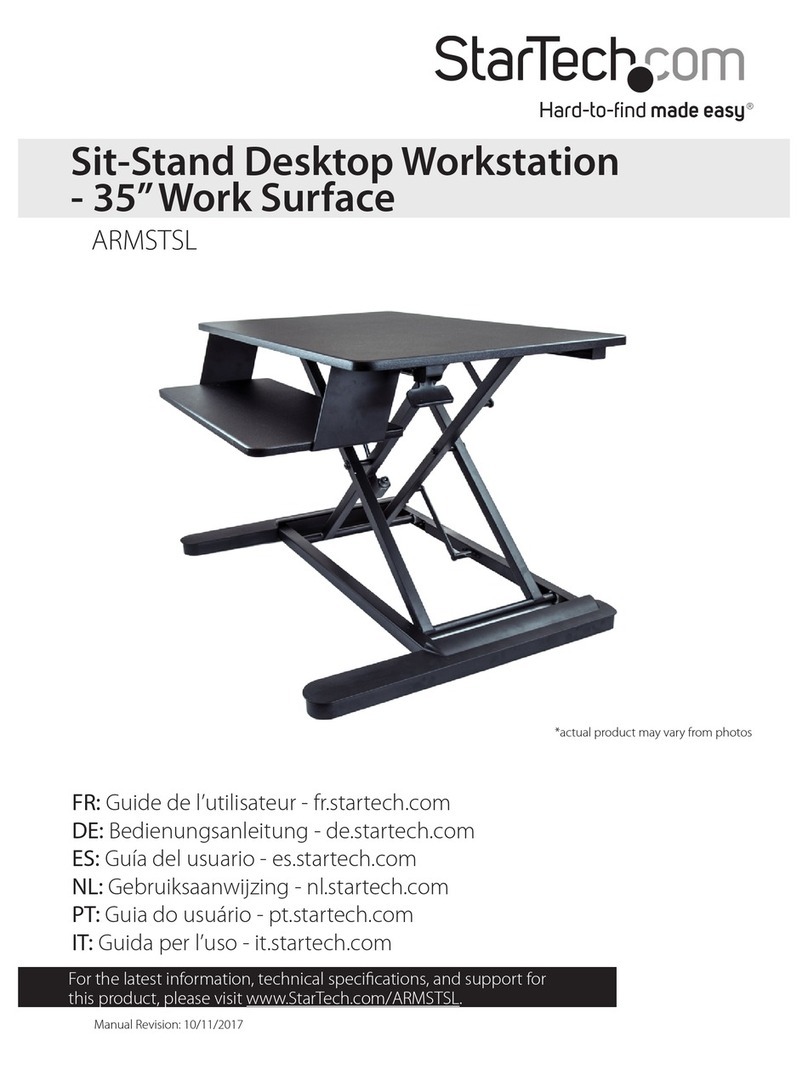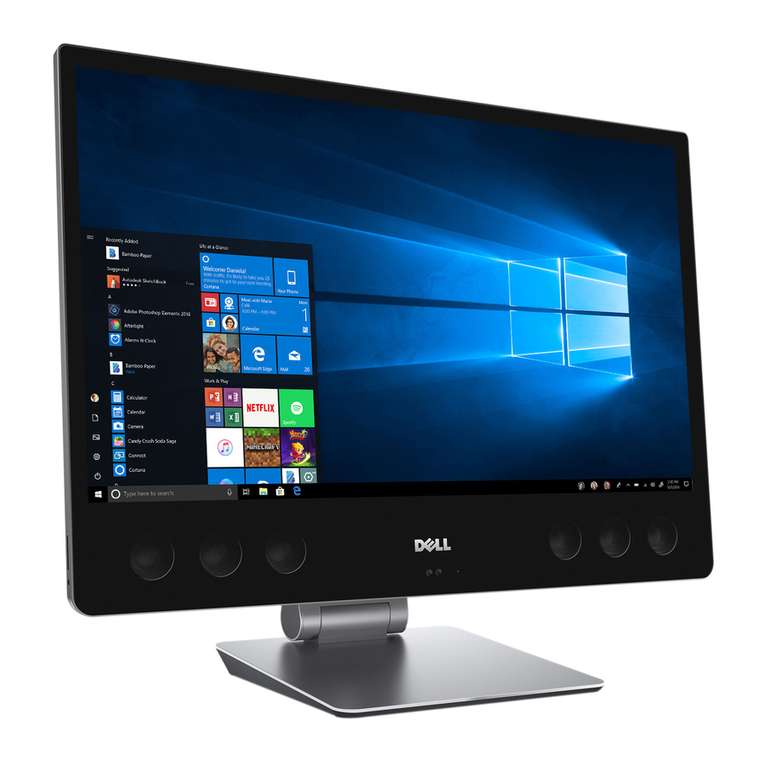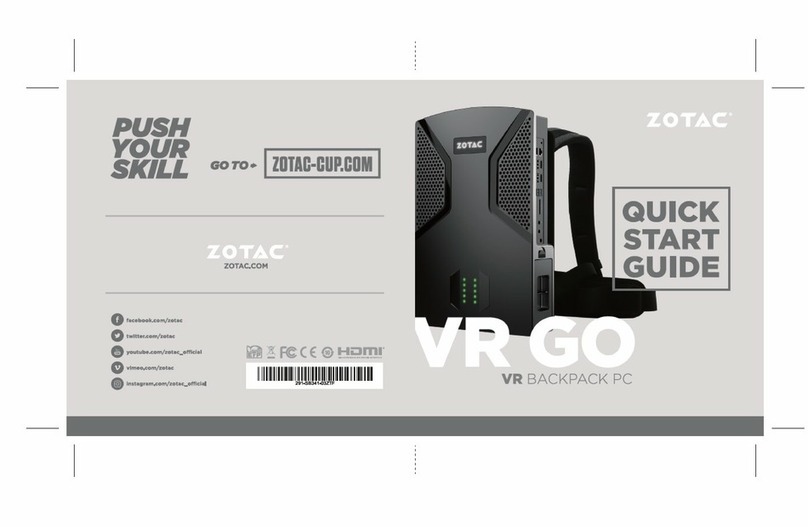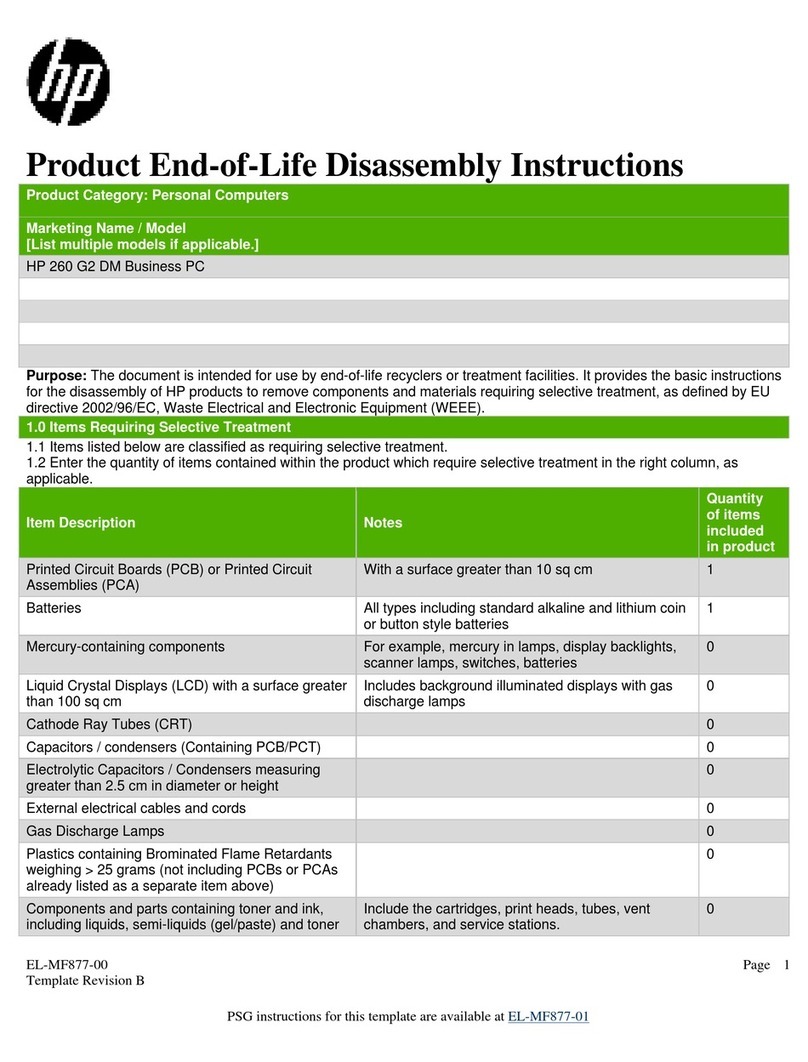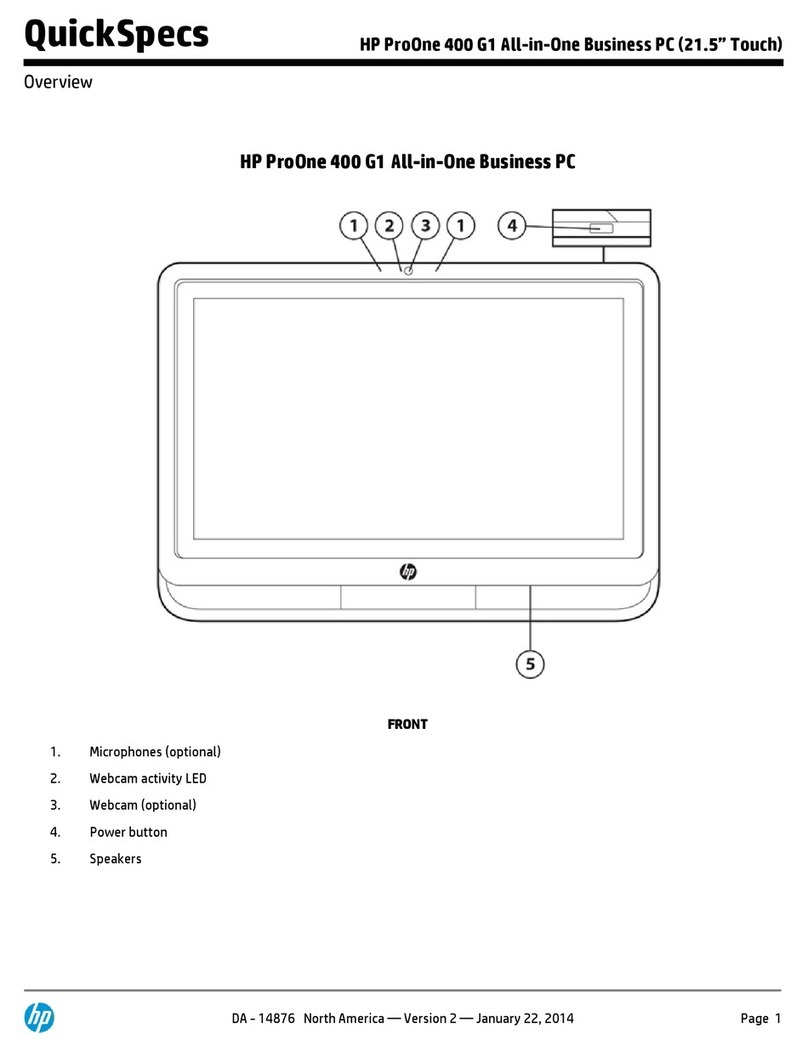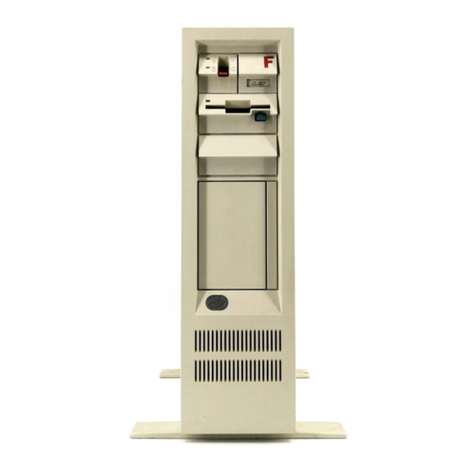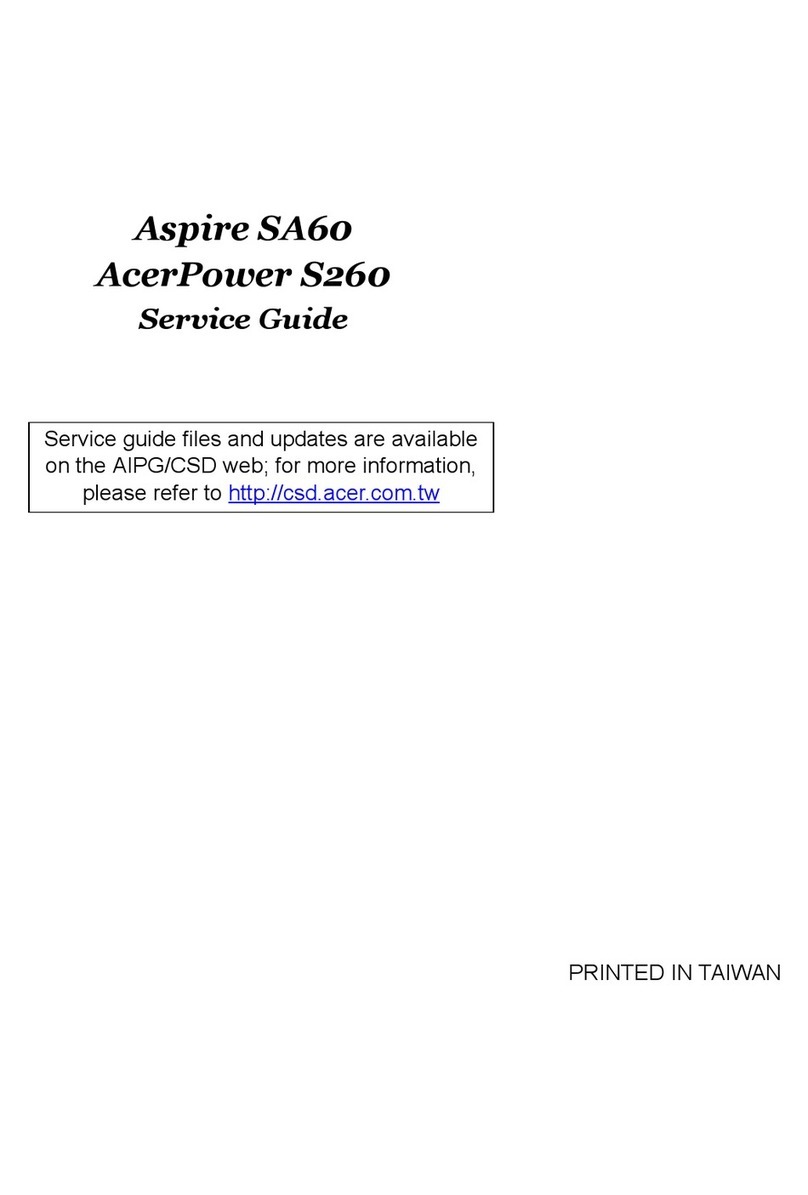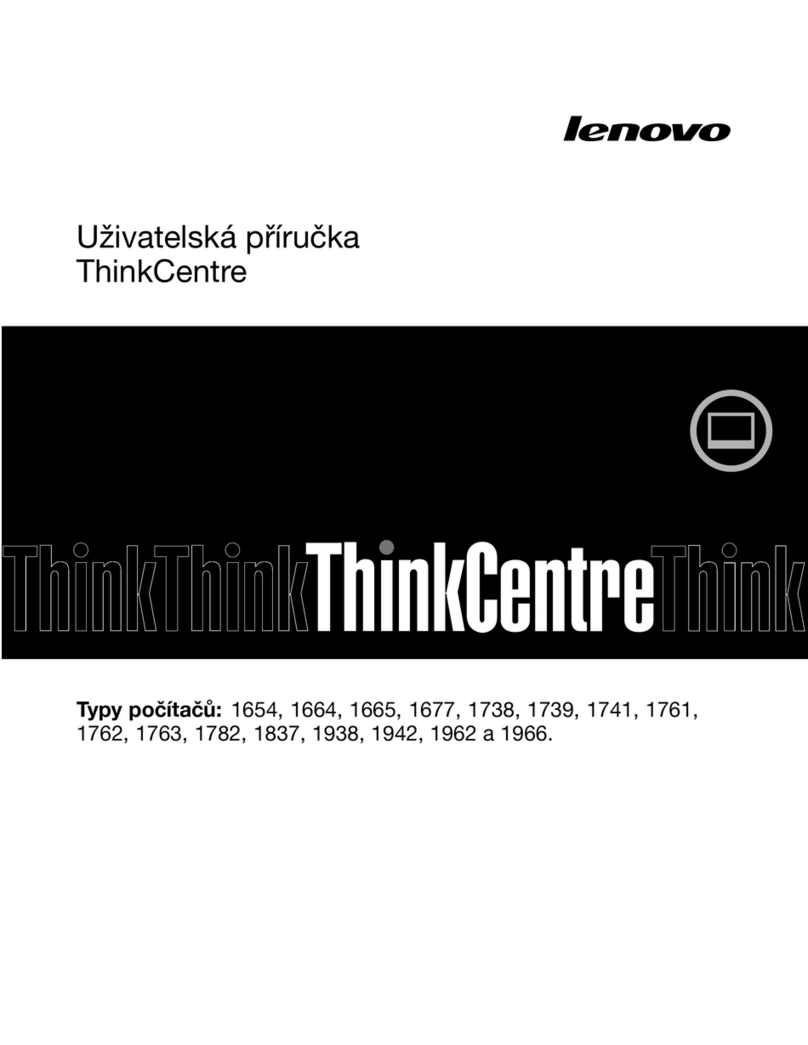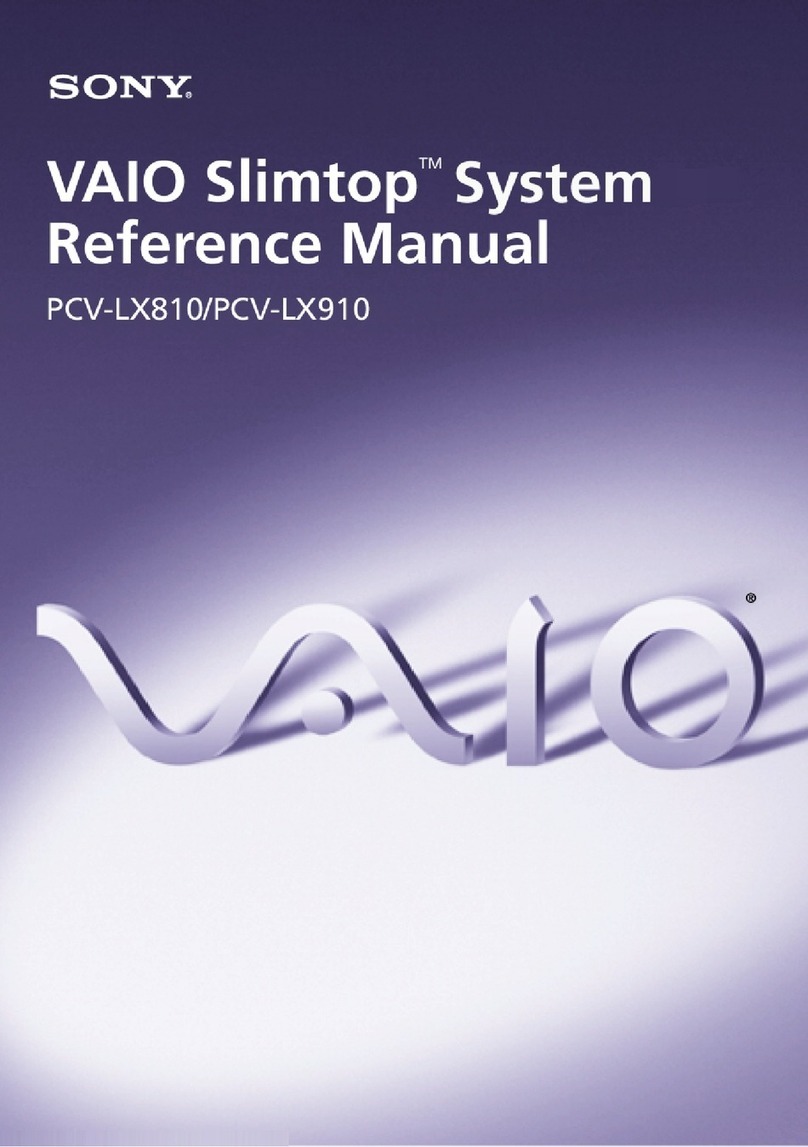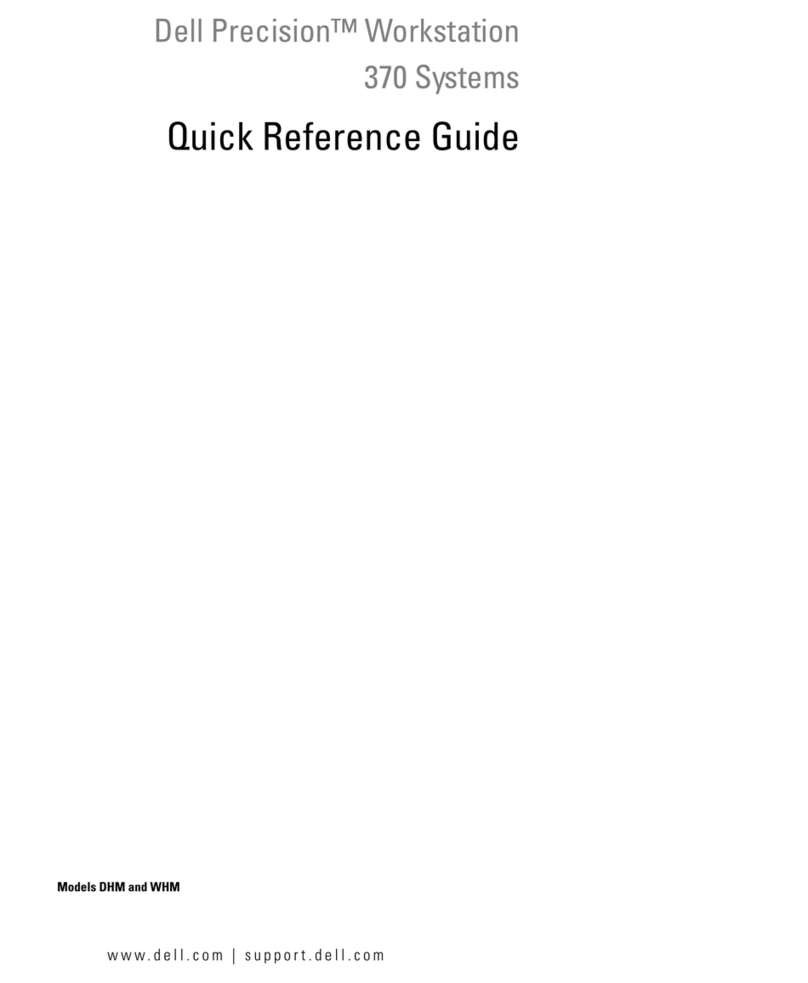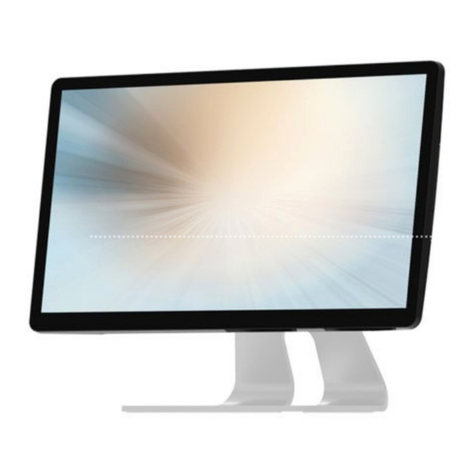Radio Shack System 80 User manual
Other Radio Shack Desktop manuals

Radio Shack
Radio Shack TRS-80 Color Computer 2 User manual
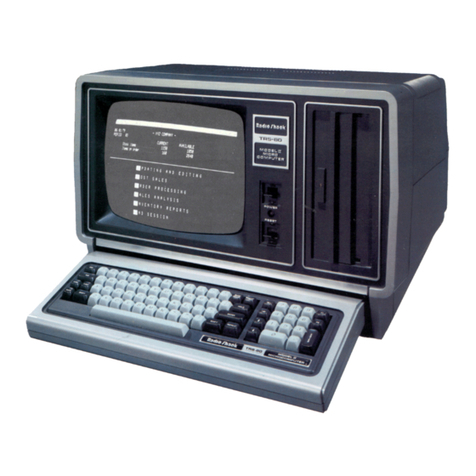
Radio Shack
Radio Shack TRS-80 Model 12 User manual

Radio Shack
Radio Shack TRS-80 Model 4 Product manual

Radio Shack
Radio Shack 32K InvestoGraph User manual
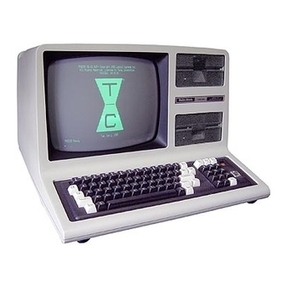
Radio Shack
Radio Shack TRS-80 Model-4 User manual
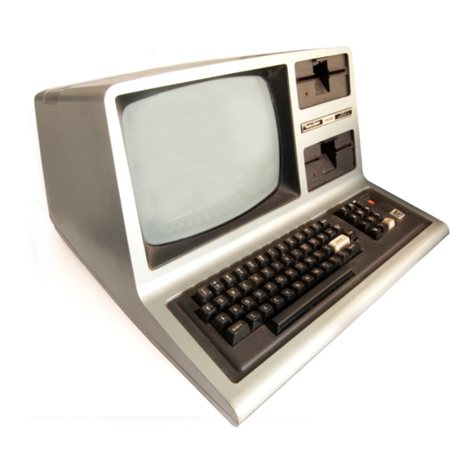
Radio Shack
Radio Shack TRS-80 III User manual
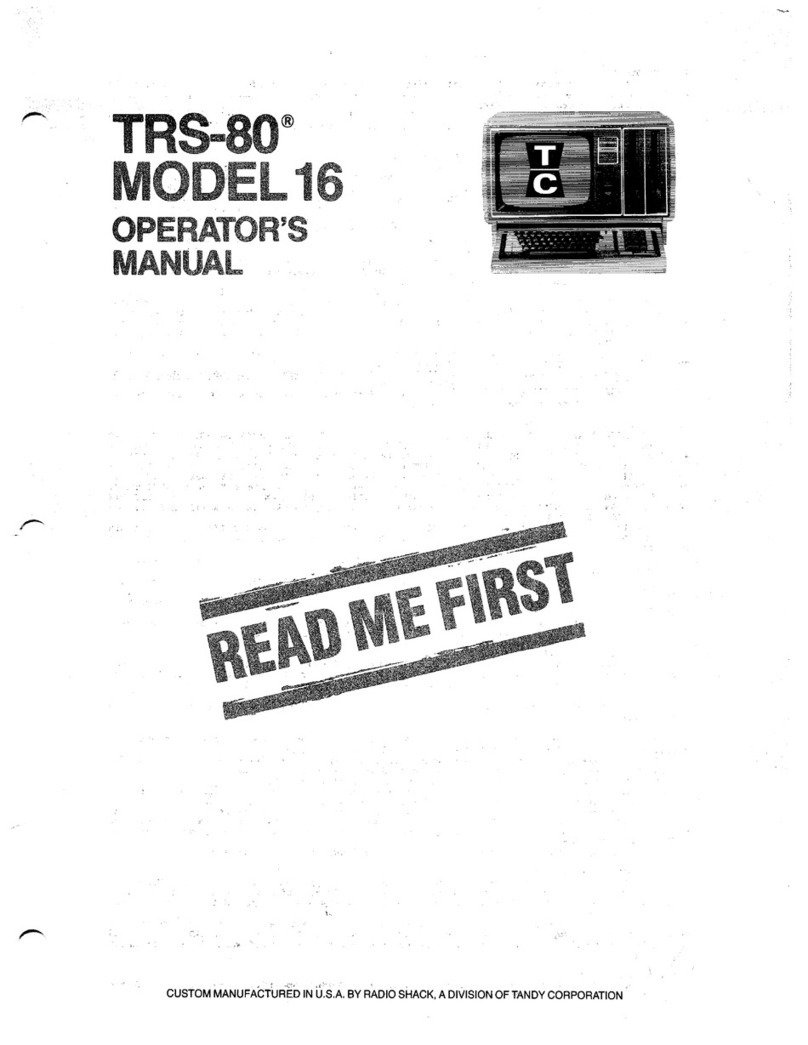
Radio Shack
Radio Shack TRS-80 Model 16 User manual

Radio Shack
Radio Shack TRS-80 III User manual

Radio Shack
Radio Shack TRS-80 User manual
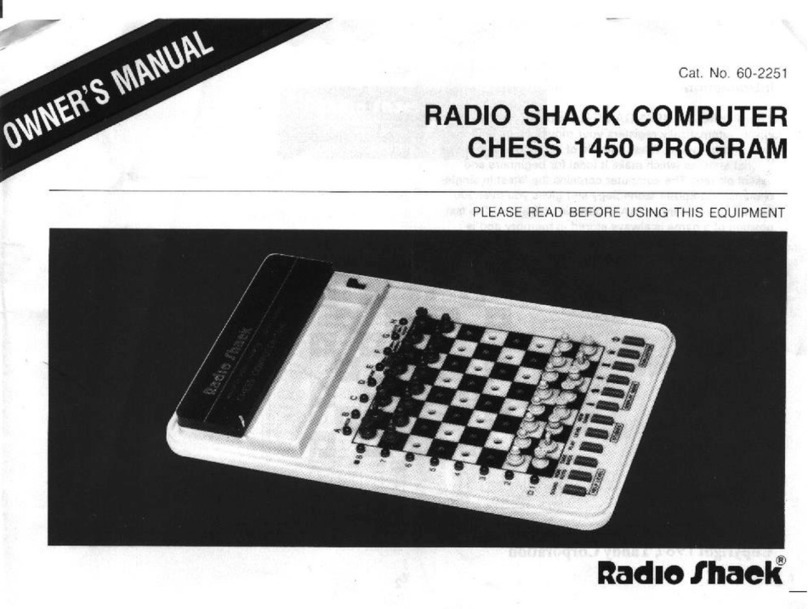
Radio Shack
Radio Shack CHESS COMPUTER 1450 User manual
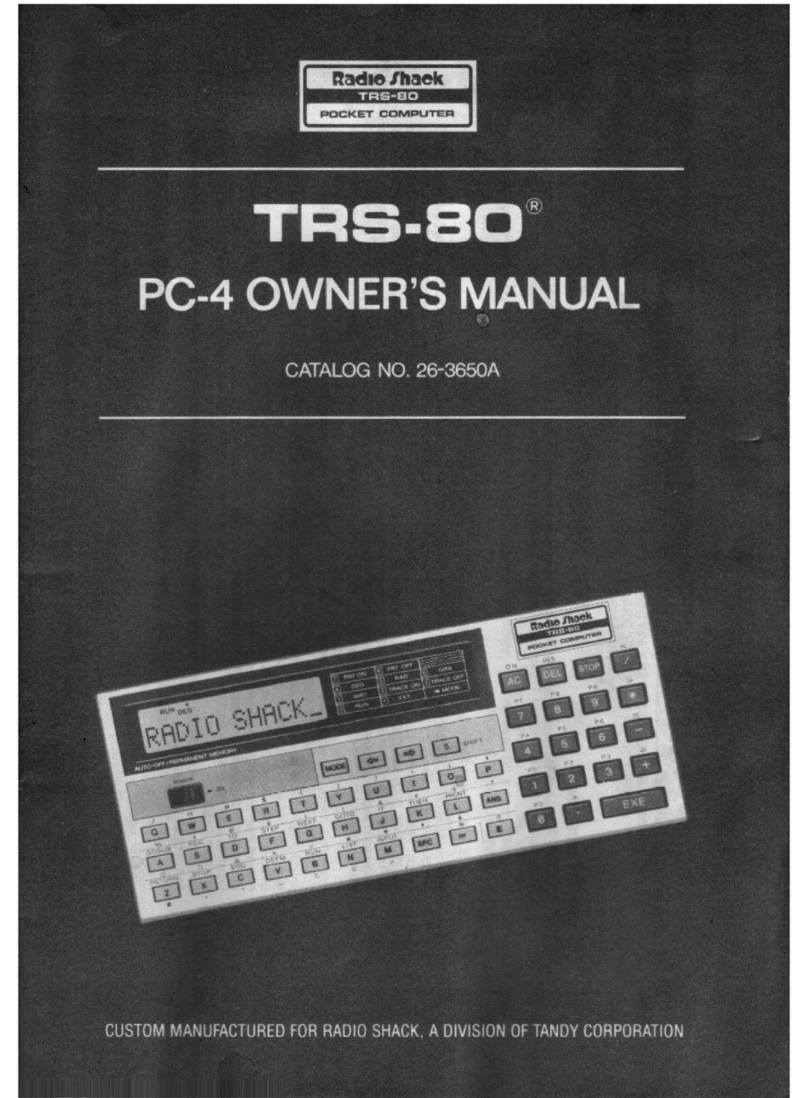
Radio Shack
Radio Shack TRS 80 PC-4 User manual

Radio Shack
Radio Shack TRS-80 User manual
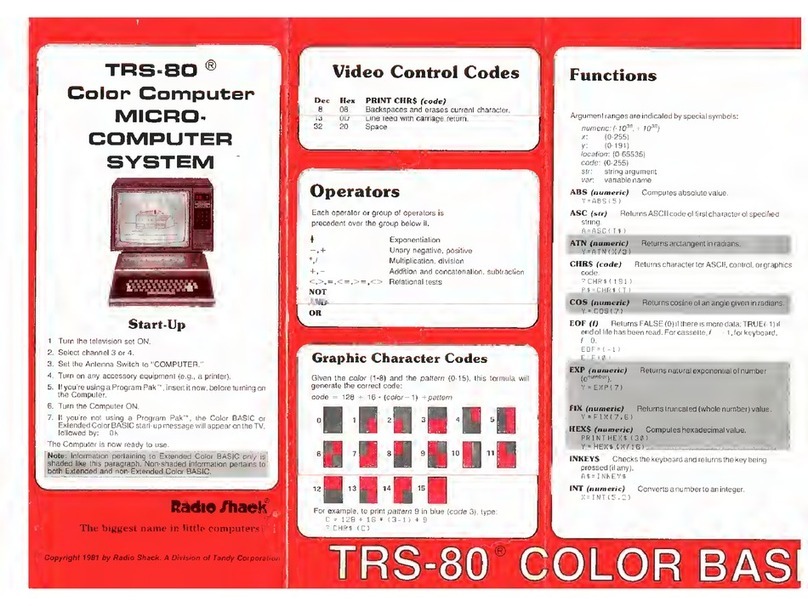
Radio Shack
Radio Shack TRS-80 Service manual
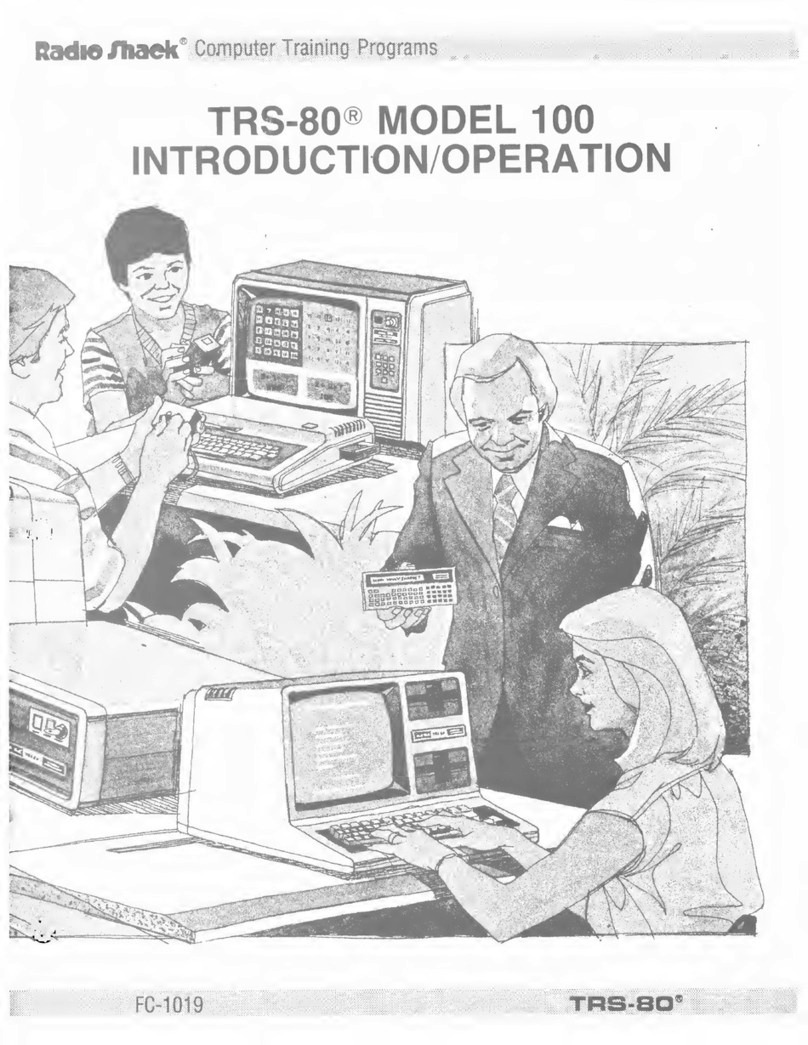
Radio Shack
Radio Shack TRS-80 Model 100 User manual
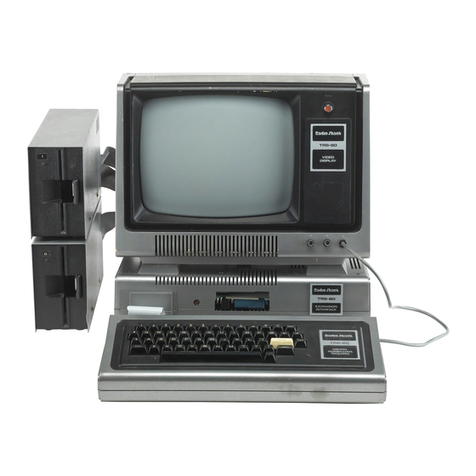
Radio Shack
Radio Shack TRS-80 Product manual

Radio Shack
Radio Shack TRS-80 User manual

Radio Shack
Radio Shack TRS-80 User manual

Radio Shack
Radio Shack TRS-80 User manual

Radio Shack
Radio Shack TRS-80 User manual

Radio Shack
Radio Shack TRS-80 III User manual
